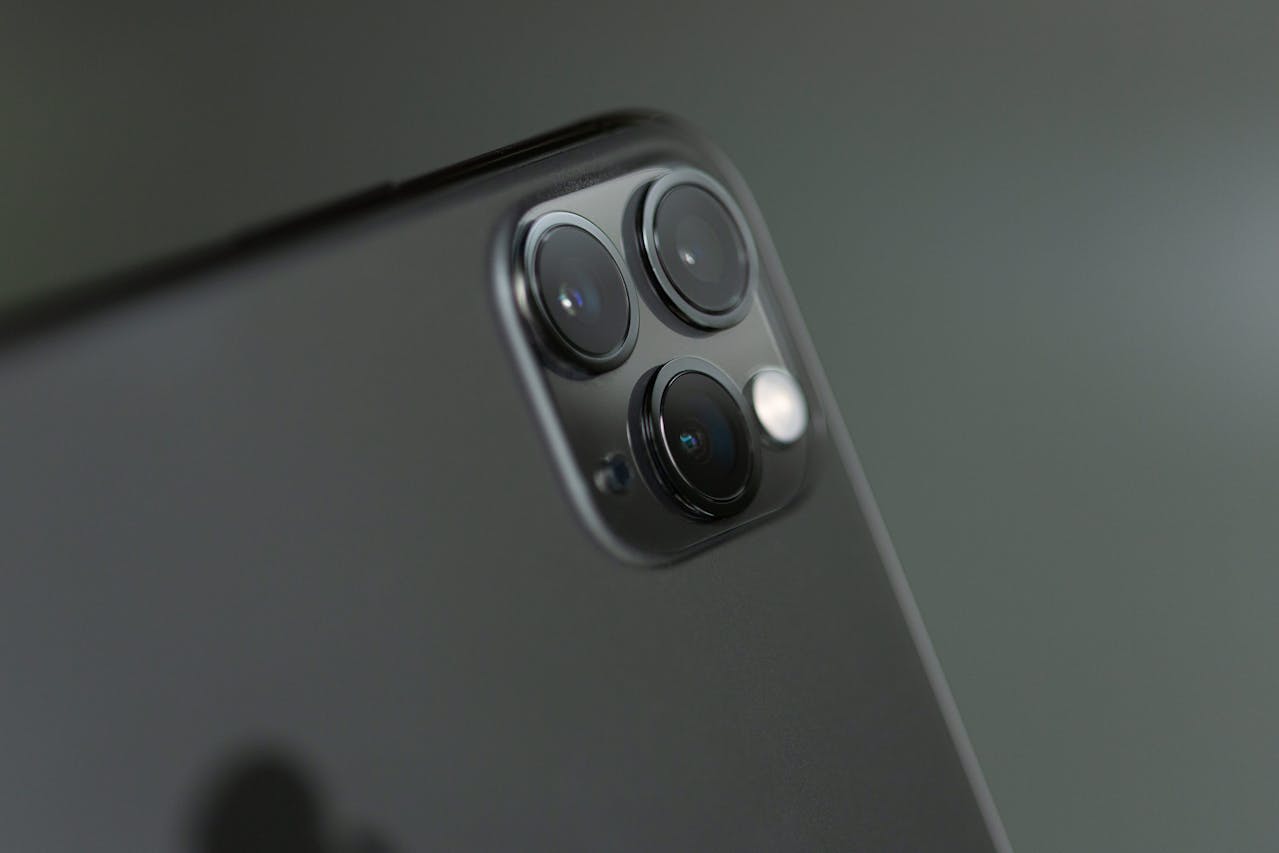The Significance of Game Accessibility: A Shift Toward Inclusivity in the Gaming Industry
The world of gaming has always been a thriving hub of innovation, pushing boundaries and setting new standards in interactive storytelling. Yet, it has often overlooked a critical aspect: accessibility. This article delves into the growing importance of game accessibility, shedding light on its historical context, recent developments, and the cultural impact it has on the gaming community.

Game accessibility refers to the design of games to accommodate the needs of all players, including those with disabilities. Historically, this aspect was neglected; games were designed with the ‘average’ player in mind, excluding many from fully immersing themselves in the gaming world. However, the past decade has marked a significant shift towards inclusivity, making games more accessible to everybody.
The Historical Context
The concept of game accessibility started gaining attention in the late 2000s, driven by advocacy groups and the growing awareness of disabled gamers’ needs. The AbleGamers Foundation, a non-profit organization dedicated to improving the overall quality of life for people with disabilities through the power of video games, was a pioneer in this movement.
Recent Developments
In recent years, the gaming industry has made significant strides to improve game accessibility. Companies like Microsoft have led the charge with products such as the Xbox Adaptive Controller, a device designed to meet the needs of players with limited mobility.
The Last of Us Part II, a game developed by Naughty Dog, is another noteworthy example. The game offers an extensive range of accessibility features, setting a new industry standard. These efforts illustrate the industry’s recognition of the importance of inclusivity and its commitment to upholding it.
The Cultural Impact and Player Reception
The shift toward greater game accessibility has had a profound cultural impact. It has challenged the stereotype of the ‘average’ player, broadened the gaming community, and fostered a more inclusive gaming culture. The player reception to these developments has been overwhelmingly positive, with many praising the industry’s efforts to cater to all gamers.
A Look at the Future
While significant progress has been made, the journey towards complete game accessibility is far from over. There is still a long way to go, with many calling for more games to include accessibility features and for these to be integrated from the early stages of game development, rather than as an afterthought.
Game accessibility is no longer a niche discussion, but a necessary evolution in the gaming industry. As we move forward, it is clear that the industry must continue to prioritize inclusivity and accessibility to ensure all players can enjoy the magic of gaming.
The push for game accessibility is not just about making games. It’s about making games for everyone. And in doing so, the industry is not only creating more inclusive gaming experiences but also contributing to a more inclusive world.




